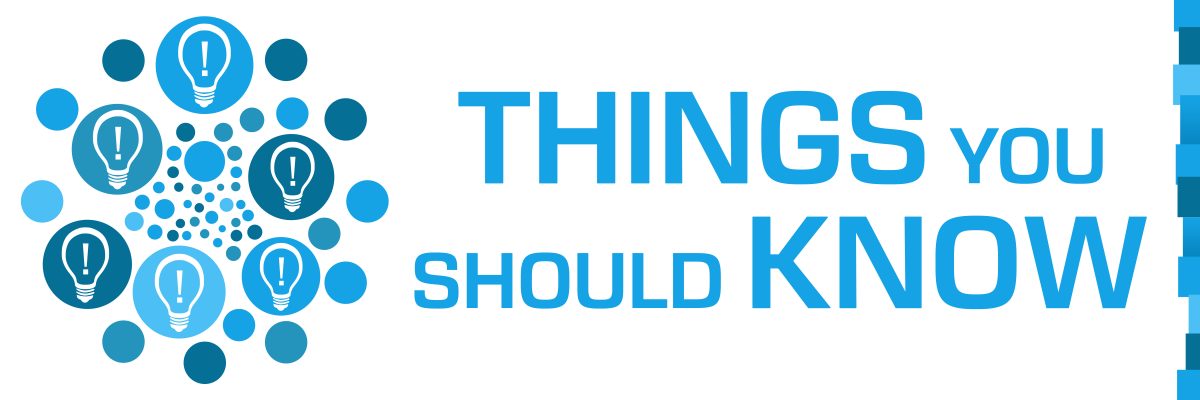The human spine is composed of 33 different bones, or vertebrae. Small, compressible, soft pieces of tissue called “discs” sit in between each of these bones. They act to separate and cushion the vertebrae, and they enable the spine to bend, flex, and twist. Over time, though, these discs begin to break down. Wear and tear accounts for some of this, but conditions like arthritis may exacerbate spinal disc degeneration. Worse, spinal disc degeneration can be very painful. This sort of pain is common. In fact, some estimates conclude that low back pain affects roughly 80% of the population at some point in their lives. Given all that, here are three things that everyone should know about spinal disc and facet regeneration –– otherwise known as the process of repairing spinal soft tissue damage: Share this Post
How Does Spinal Disc Regeneration Work?
For many, back pain occurs because of damage to the structure of their spinal discs. Additionally, damaged discs inhibit mobility. As such, often the most effective way to treat back issues is to repair the spinal discs. Spinal disc regeneration is a form of stem cell therapy. Stem cells, in simple terms, are the body’s “master cells.” Unlike other cells in the body, they can take on a number of different functions based on their location. Therefore, doctors may inject stem cells into a patient’s spinal discs or facet joints in order to help repair damage in these structures. Stem cell treatments may also include supplementary measures like the addition of platelet-rich plasma, or a biological treatment known as Alpha 2 macroglobulin (A2M). A2M has been shown to have the ability to stop arthritis at the molecular level.
Is Stem Cell Therapy for Back Pain Safe?
Understandably, some people may feel reticent to undergo stem cell therapy for back pain. However, it’s worth noting that the procedure is minimally invasive, and when performed by a trained spinal injectionist, is very safe. Stem cell treatments performed at thriveMD are 100% autologous –– meaning that we only use stem cells taken from the patient’s own body (typically found in bone marrow or fat tissue). This completely eliminates the potential for rejection.
Furthermore, our physician, Dr. Scott Brandt, is a specialist in spinal injections. Dr. Brandt has served as an instructor for the International Spinal Injection Society, the North American Spine Society, and he has taught thousands of physicians proper image-guided injection techniques.
Will Spinal Disc Regeneration Deliver Results?
Short answer? Yes for the majority of patients deemed to be good candidates by Dr. Brandt after careful review of the patient’s symptoms and imaging studies. Most patients can return to their normal daily routine with certain exercise restrictions within one to two days following the procedure. There have been numerous case studies that chronicle how stem cell therapy has helped professional athletes, as well as “regular people,” overcome back and neck pain and return to the activities they love.
Long term studies indicate that minimally invasive stem cell therapies may offer more significant long-term improvement than traditional surgical approaches like spinal fusions. If you have experienced degenerative disc disease, facet arthritis, and/or minor disc herniations then you could be an ideal candidate for stem cell therapy.
Conclusion
Stem cell therapy may be a viable alternative for many people seeking back pain relief. If you would like to learn more about how spinal regenerative therapy can help you, please contact our office. We can help you find a treatment plan offering the best potential for success.


